Soluciones
La gama de negocios de construcción de caballos se extiende a todo el mundo y sirve a miles de clientes con productos, orientación técnica especializada en construcción, y somos testigos del reinicio de la marca china con ellos.
Bonded steel reinforcement method is safe, reliable, easy to construct, can not only reinforce and strengthen, but also increase the stiffness. It can greatly increase its bearing capacity and stiffness, and enhance its ductility.
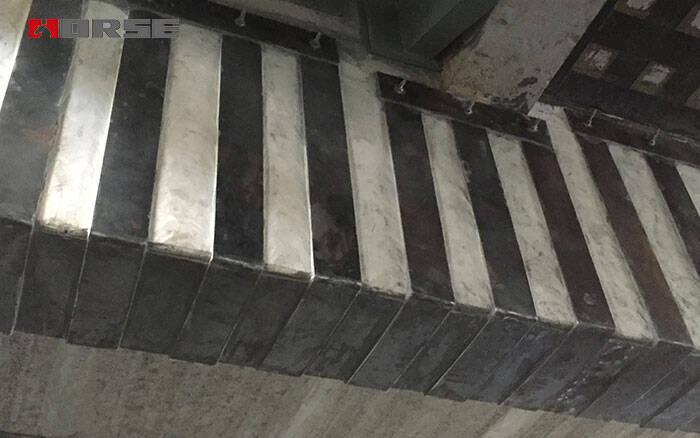
1.Overview
Structural steel-bonded reinforcement technology is that when the bearing capacity of reinforced concrete members is insufficient or the normal use of the structure is affected by excessive deformation and cracks, the steel plate is pasted to the appropriate position outside the reinforced concrete members through the binder (building structural glue). It satisfies a structural bearing capacity requirements or a technical measure for normal use.
The glue used for consolidation of concrete structure has high strength, strong cohesive force, aging resistance, high modulus of elasticity, small coefficient of linear expansion and certain elasticity. The strength of the glue itself and its cohesive strength are greater than that of concrete. This reinforcement technology is the earliest "sticking reinforcement technology" studied and applied abroad. Its engineering application started in 1960s and has been widely used in bridge and house structures. Many countries have issued relevant design codes or regulations. So far, the research of this technology has become mature. Domestic research on bonded steel reinforcement technology began in the 1970s. Many scholars have done a lot of experiments and research, and widely used in engineering practice, and achieved good results.
2. Compared with other reinforcement methods, the method of structural bonded steel has many unique advantages and progressiveness.
(1) the process is simple and the construction is convenient. Basically, it does not increase the load of components and structures, and does not change the original design of the structural system and the form of stress.
(2) the hardening time of the adhesive is fast, and the construction period is short, which basically does not affect the normal production.
(3) The strength of the adhesive is higher than that of the concrete body, which can make the reinforcement and the original components work together and bear uniform force.
(4) flexible and diverse. On the one hand, bonded steel reinforcement complements the shortage of reinforcement and improves the bearing capacity of the original component effectively. On the other hand, the concrete of the original component is effectively protected, the cracks are limited, and the stiffness and crack resistance of the original component are improved by large-area steel plate bonding.
(5) economic rationality. This method reduces the cost by about 10% compared with other traditional reinforcement methods.
3. Application conditions of bonded steel reinforcement
(1) reinforcement of welding point of reinforcing steel bar
(2) reinforcement of leakage reinforcement during construction
(3) the concrete label is not up to that, and the structural strength is strengthened.
(4) seismic strengthening with added stories.
(5) reinforcement of balcony root fracture
(6) corbel contact reinforcement
(7) suspension crane girder to improve load reinforcement.
(8) floor load concentrated reinforcement
(9) burn out of beams and columns after fire.
(10) reinforcement of concrete column corbel.
(11) bridge crane girder reinforcement
(12) reinforcement of thin web beams
(13) blasting shock wave damage to beam reinforcement.
(14) improving floor load reinforcement
(15) reinforcement of roof chord with serious reinforcement under exposed chords.
(16) broken beam reinforcement
(17) cutting column reinforcement
(18) shock absorption reinforcement
(19) Liang Zhu steel bonded by chemical corrosion.
(20) comprehensive reinforcement of old buildings
(21) seismic strengthening of lifeline buildings
(22) shear walls should be reinforced by circular holes below 1.6m and reinforced by 1m 2m doors.
(23) bridge breaking and old bridge maintenance and reinforcement
(24) raise the bearing capacity of columns to solve the problem of column axial compression ratio exceeding standard reinforcement.
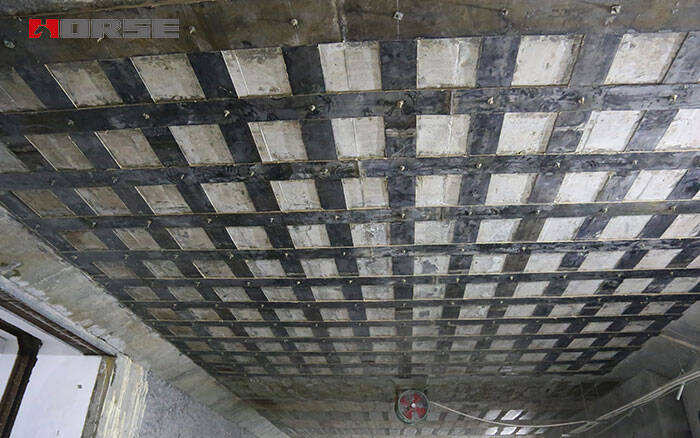
4. Existing problems in sticking steel reinforcement
According to the stress mechanism of the members strengthened with bonded steel, the steel plate participates in the stress of the common members through the transmission of structural glue. The bonding strength, shear strength and durability of structural glue directly affect the reinforcement effect.
In the construction of bonding steel, reliable bonding agent and reasonable bonding technology should be selected, and construction should be strictly in accordance with the technical specifications. Surface treatment, steel plate rust removal and pressure fixation after bonding should be done well to ensure that more than 80% of the bonding surface has reliable bonding, so as to ensure the reliability of reinforcing and reinforcing.
5. It can be seen from this that the bonded steel reinforcement method is safe, reliable, easy to construct, can not only reinforce and strengthen, but also increase the stiffness. It can greatly increase its bearing capacity and stiffness, and enhance its ductility. At present, bonded steel reinforcement technology is mainly used in bridges and industrial and civil buildings, and it can also be popularized in water conservancy engineering and other fields. The bonded steel reinforcement technology can be used not only for reinforced concrete structures such as piers and working bridges, but also for steel structures such as steel gates. However, there are still some problems to be solved for the structures with large live loads such as reinforced bridges and bearing dynamic loads.
Puede encontrar cualquier cosa que necesite, confíe en probar estos productos y encontrará la gran diferencia después de eso.
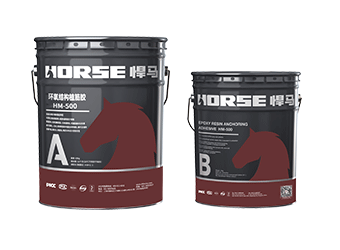
Adhesivo de anclaje de estructura de alta resistencia para la siembra de barras de refuerzo.
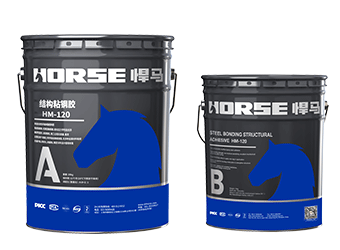
Adhesión de acero y hormigón, utilizada para el refuerzo sísmico de muchos edificios.
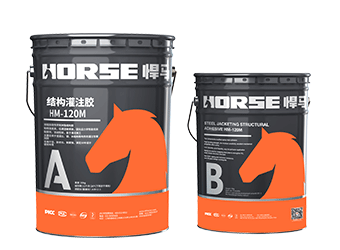
Adhesivo de refuerzo estructural para revestimientos de acero.